As with the Thunderbird freight set reviewed in the July 2009 issue of Classic Toy Trains, this outfit does its best to re-create the postwar train experience from opening the box to placing the train on the track.
Aside from the changes in the product and decoration due to more advanced production techniques, this a pretty fair re-creation.
The locomotion
The motive power consists of a no. 2242A powered F3 A unit and a no. 2242B unpowered F3 B unit. The cab unit is typical of the F3s that we’ve seen over the past 50 years. The tooling is nice, and the rounded nose is clean and smooth. Details such as cast-in doors, screens, and louvers are flaw-free.
There are some esthetic differences from the 1958 model, however. The nose has two add-on grab irons, and just below the cab doors are plastic add-on steps. The original had neither. The original also had solid portholes. The revised version has window inserts.
There are cast-in grab iron details on the sides of the doors. The roof has two add-on horns and a wire-mesh screen (the original had plastic slots). The first of the round rooftop fans is a turning volume control knob, another change.
On the end of the unit, the rear door has a window with a clear plastic pane, and there are four other windows, all square, situated above the door to the right and left sides. The unit also has die-cast trucks and couplers (the front coupler is an operating thumbtack coupler, and on the rear is a dummy coupler). Each truck has a single power pickup roller approximately 6½ inches from each other.
The trucks have stamped-steel steps, which the postwar no. 2242 lacked.
For the most part, the changes were what I’d call “value-added features,” little details that we’ve come to expect on modern-production trains. Did these distract from the experience, or did the differences bother me? No. But they might annoy someone buying the set in hopes that it will look like the original down to the last detail.
The B unit mirrors the A unit in some regards (clear plastic window inserts in the portholes, wire mesh topside, dummy couplers, and metal steps on the truck frames). On the rooftop, all the fans are cast in. The unit is unpowered and non-illuminated (and sensibly has no power pickups), and it doesn’t need traction tires.
The eccentric New Haven paint scheme on both the A and B units was flawlessly applied. Our sample has clear, sharp differentiations between colors and nary a sign of overspray.
The rolling stock
The no. 3444 animated gondola: This car is the crowning jewel of the outfit. This is the first of the Conventional Classic sets to include an operating car. The rig features the fun of a railroad cop chasing a hobo around a cargo load in a gondola.
The car operates off track power and the figures operate even when the train stands still in neutral. But this is a whimsical, smile-evoking crowd-pleaser for visitors to your layout.
The no. 6424 twin auto car: This may not be an excitement leader, but it does add play value in loading and unloading the small sedans.
Did anyone ever regularly ship sedans via flatcar? Did any get to their destinations with the windows intact? We may never know. But if you run your trains fast enough, your cargo just might get there unscathed.
The nos. 6464-425 and 6468-25 New Haven boxcars: Okay, technically the 6468 is an auto carrier. Both cars are pretty much run-of-the-mill postwar boxcars, save that the graphics are more cleanly applied than the originals and the trucks are a newer style.
The no. 6357 caboose: Speaking as someone who, as a lad, had two bottom-of-the-line no. 6017 SP-cabooses, let me say this is a pretty nice rendering of a postwar favorite. The good old SP-style caboose has graced millions of O gauge railroads, and this is a solid rendering.
The tooling provides a clean and crisp plastic shell. The window frames all have clear plastic installed; there is a nice add-on smokestack; and the stamped-steel railings on the ends of the car have a solid “safety chain” and add-on brake wheels.
Paint on the caboose was generally good, though on the wooden planking on top of the car there were a few spots where I wondered if Lionel was trying to add wood texture. In the end, I concluded it was just a bit of excess paint on my sample.
The boxes: These are first-rate repros. Even the jaded old three-railer that I am experienced a pulse-quickening moment or two as I opened the set box and then the component boxes.
And yes, there is the much-beloved Lionel wrapping paper that is the outermost ring of protection for the equipment placed in the component boxes (plastic wrap protects the rolling stock from suffering paint damage because of friction with the paper).
In short, the boxes help make the magic happen.
On the test track
The locomotive features two Pullmor motors. But while the motors may be old school, pop off the shell and you’ll find the usual array of circuit boards to run the horn system and reversing unit. Also, the shell is held on by one screw on the nose, and two hooks at the rear of the shell that slide into slots on the frame, making it easy-off and easy-on.
The powered unit has traction tires on the rear wheel set of each truck. All wheel sets had Magne-Traction (all wheels passed the “stick a paper clip to it” test). I tend to be an agnostic when it comes to whether Magne-Traction is more helpful than a traction tire in the pulling department, but Lionel resolves the issue by giving you both!
The motors were pretty noisy – but this isn’t bad. They sound just like my postwar Lionel no. 2344 F3 – so the natural motor sounds are authentic!
Our low-speed conventional-mode average was 34.1 scale miles per hour, and the high-speed average was a brisk 105.4 scale mph.
The drawbar pull was 2 pounds.
The horn sound was a digital reproduction of a real diesel horn. That’s a lot different from the postwar “door buzzer” – a change for the better. There’s also a digital repro bell, although its automatic clanking sequence sounded like a trolley bell.
In the Department of Head Scratching, our MTH Z-4000 wouldn’t activate either the bell or the horn on the F3. I connected an Atlas O 80-watt transformer to the system, and horn and bell worked just fine.
While I don’t have an emotional bond to the 1958 catalog or the original outfit, all things considered, this was a fun set to operate. The cars were colorful, the cop and hobo car whimsical, and the locomotive a good performer.
Targeting train enthusiasts who missed the original outfit in 1958, Lionel has made a commendable effort to re-create the past with today’s design and engineering standards. This is a quality set that won’t disappoint today’s retro railroaders!
Price: $599.99 (no. 38324)
Features: O-31 operation, powered unit features two Pullmor motors, electronic horn, Magne-Traction and traction tires; plastic rolling stock with die-cast metal trucks and couplers, animated gondola, and illuminated caboose.





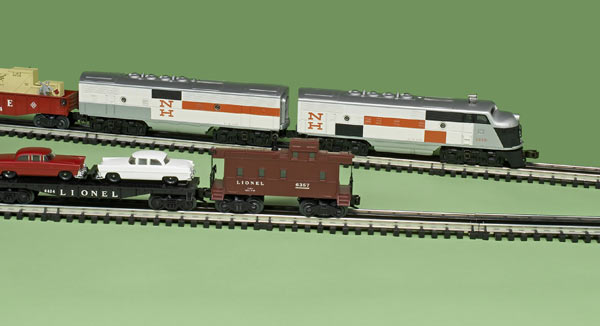

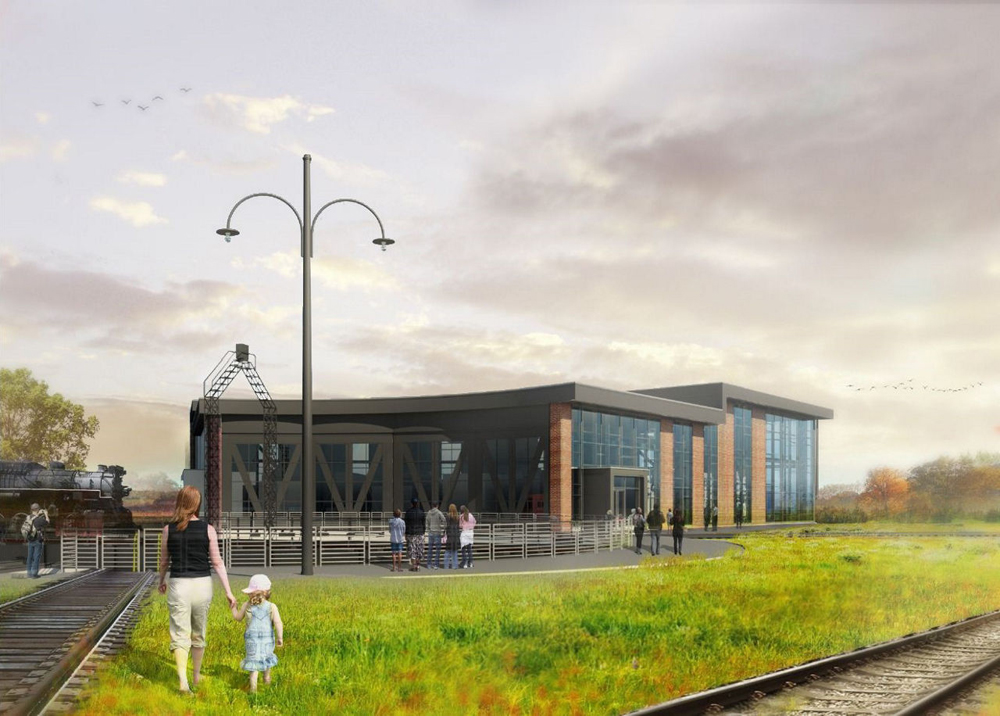
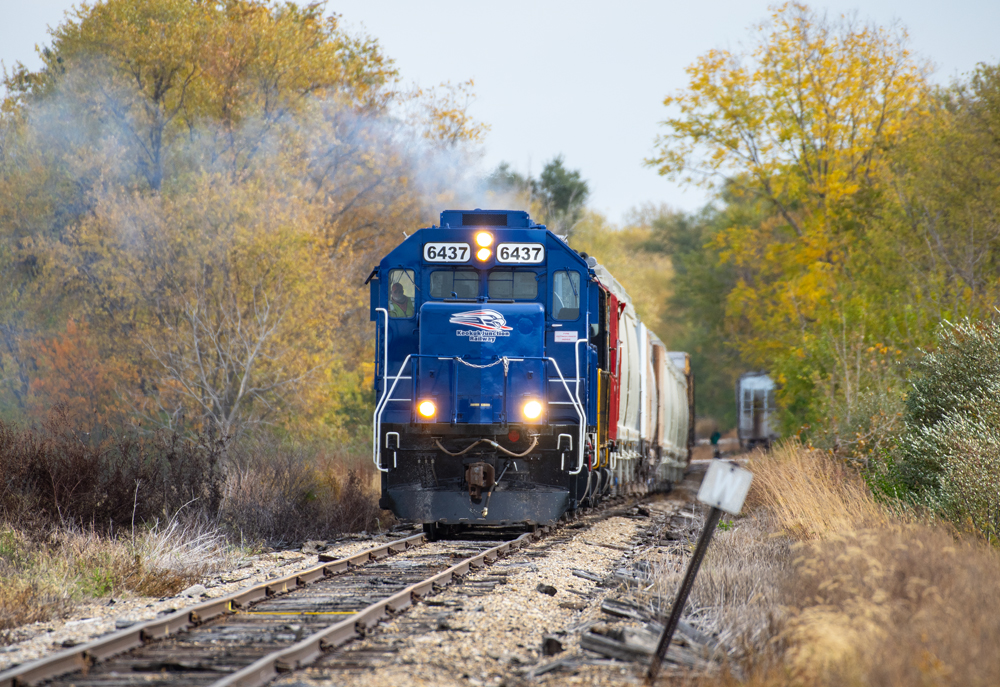
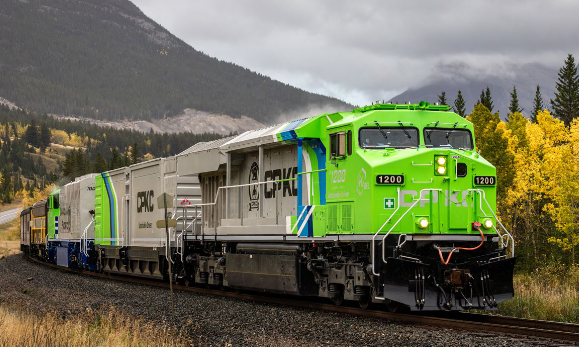
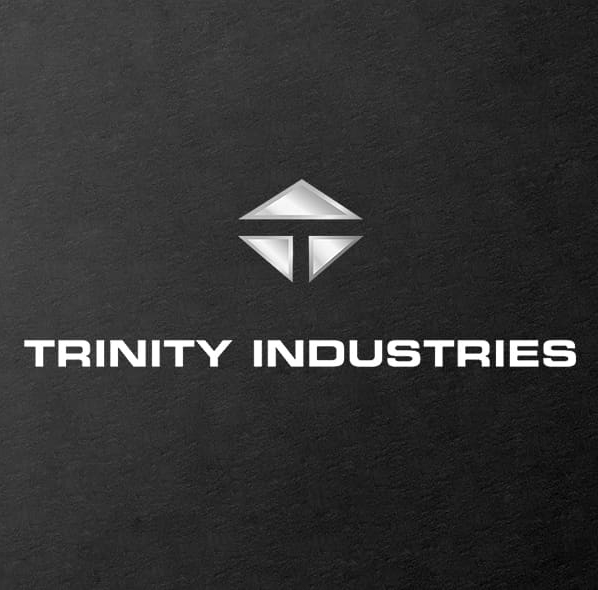




I have really enjoyed this set.
Good review (gondola ?) My conventional classic #2343 Santa Fe-F3 does not sound that good! (motors growl ! )
i have trains when was little
You are correct Mark, that was an error that didn't get changed before printing. The motorized feature gondola's operation is, however, pretty clearly shown in the on-line video of the product.
The animated gondola is motored, not gear driven. The original #3444 gondola had the vibrotor motor which made the figures run faster. I have this set, and enjoy it, my only problem is with the gondola, even at full 18 volts, the motor hums, but the figures hardly move. Lionel needs to either go back to the drawing board on motoring this car, or just return the vibrotor motor.
Your wrong about the animated gondola. It is motored and not gear driven. Also, the motor doesnt do the gondola any justice. the figures hardly move.
As for the rest of the set, I really enjoy running it. The motor mechanism for the gondola needs to go back to the original vibrotor assembly.
Mark
One side of the rear truck on my dummy B Unit fell off while running this set for maybe the third time, not to happy with Lionel's quality control as of late, did not want to send entire set back to them just for that, so I just ordered a replacement truck from Lionel, somewhat disappointed. But still a real nice looking classic set. I guess nothing is exactly like the real thing. Also had to reattach a wire in the loco before it would run and cop keeps getting stuck on corner of gondola load.
Your review of this set was quite revealing !
Keep up with your good work.
sounds like a winner I'msure Mike Casatelli already has one.